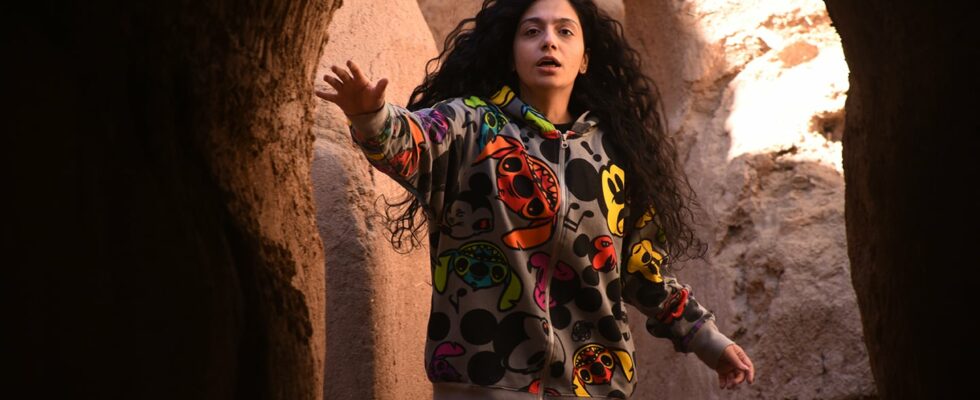Coming out of the Seeds of the wild fig tree by Mohammad Rasoulof, I tell myself once again that there is no great cinema except that which asks itself what cinema is, where it begins and where it stops, when does it enter too much into reality, into current events, and becomes propaganda, when it makes us forget the invoice to carry us towards what it tells and revolts us. Is Mohammad Rasoulof a genius filmmaker or a great resistance fighter? Perhaps a genius resistance fighter, and let’s forget to ask ourselves ontological questions about cinema, it doesn’t matter if it is or not, it is Iran that counts, it is what reigns there, which is not yet what reigns next door, in Afghanistan, but which is part of this same monstrosity called Islamic dictatorship.
Since the revolution of the same name in 1979, it seems that the situation has continued to sharpen, become clearer, purer, that it is laid bare in its extreme fragility and in its truth, as if we had reached the bone or the nerve of the thing, the woman, women, the war that men wage against them, to the peril of their own existence. It is the power of cinema, as Rasoulof makes it, to show its tragic mechanics in its most elementary core: the family.
This one is bourgeois, composed of a depressed, ambitious, spineless patriarch, a petty investigating judge with a rotten soul, his wife, as beautiful as he is ugly, an irreproachable housewife, dynamic in her submission; she raised their two daughters, one a student, the other a high school student, raised them to respect the law. So how is it that these two teenagers manage to be so lucid about what is happening, and where does this courage come from? It is not really explained in the film, but that’s how it is, a miracle of nature, or, to speak Bourdieu: they are the fruits of the contradictions of this Persian society, both the cradle of civilization and the tomb of all civilities.
If you want to know how Iran got to this point, the film tells the story of this bourgeois family that goes crazy. And it’s less a parable than the story of a chain reaction. Logical, relentless, all too human.
Where does cinema begin and end?
A climactic scene revolts me, to the point of wondering if it was “useful”: the friend of the two sisters has just been injured in a demonstration, she received a buckshot discharge in the face. The two sisters have the insane reflex to take her home, and it is the mother who, despite her fierce hostility to any protest movement, treats the blinded friend. We see her, in close-up, extracting one by one the marbles embedded in the shattered flesh of the unfortunate girl’s face. And it lasts. Rasoulof does not spare us. It lasts until we understand that we are sitting comfortably in a cinema seat while children are disfigured by police officers under the orders of a regime led by sick people like the father of these two wonderful girls. After a while, after the third or fourth marble, I looked away. This is the initial question: where does cinema begin, where does it end?
I have the impression, and I think he’s right, that Mohammad Rasoulof doesn’t care about having made a magnificent film, his film is a manifesto, he risked his life, in any case years in prison to make it in conditions that will also be the subject of a film, later, when all this is over, the republic of the mullahs, the hangings of children… when women go out in the street in shorts and hair, and makeup and I don’t give a damn.
I also wonder what this column is about that talks about a film that comes out in two weeks when I haven’t yet talked about Audiard’s film that came out two weeks ago. If I ask the question, does that mean that I’m a great columnist? Answer next week, because I’m still going to see Audiard’s film.
.
